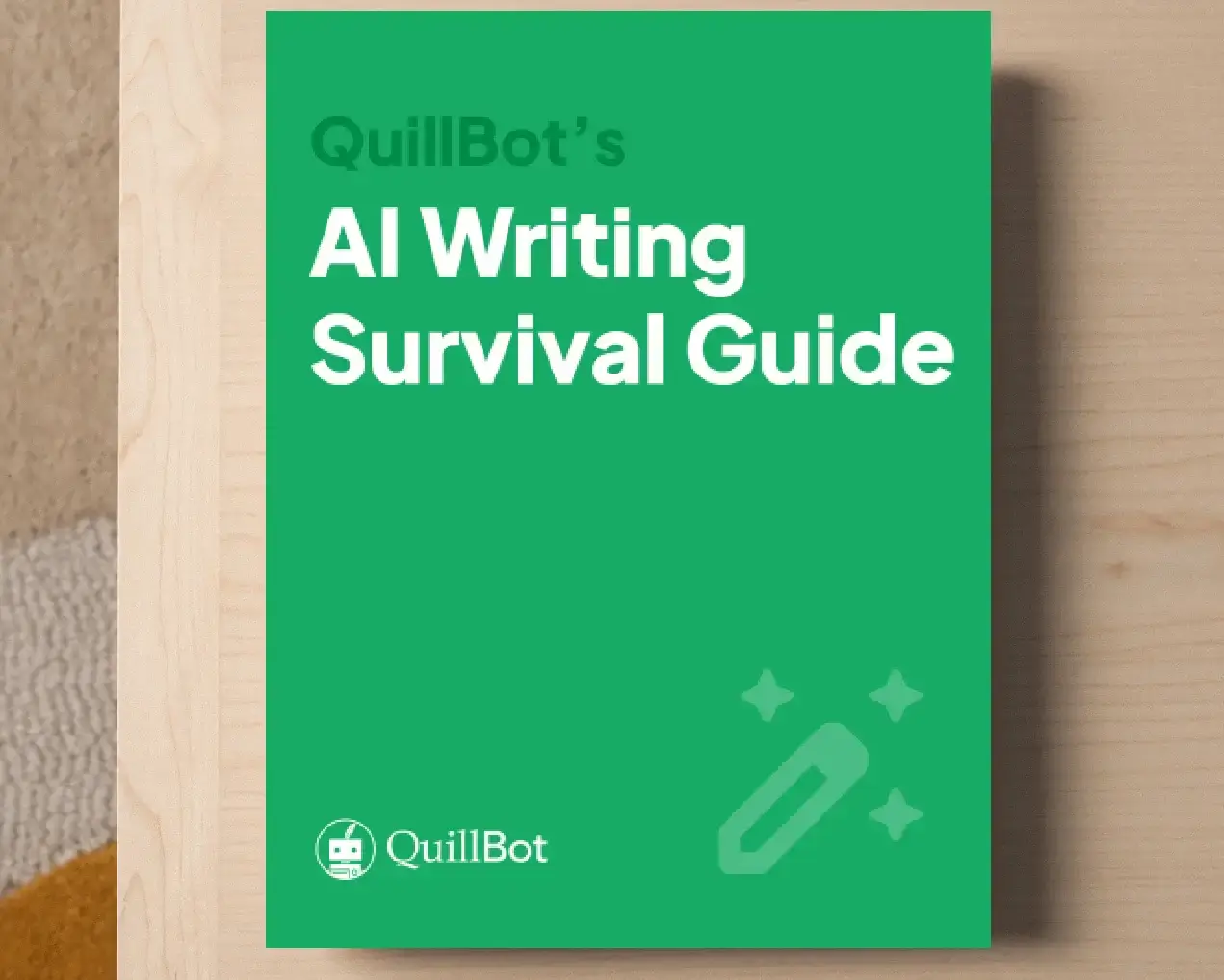How to Write an Introduction | Examples & Tips
The introduction is the first paragraph in an essay, and its purpose is to spark your readers’ interest and prepare them for your body paragraphs.
To write a strong introduction paragraph, start with a hook that entices people to keep reading, provide background details to establish a clear context, and write a thesis statement that presents your main focus.
The tips and examples below show how to write an introduction paragraph with just the right details to pull readers in and to set up a strong foundation for the body of your essay.
Introduction paragraph format
The introduction paragraph for an essay usually includes three parts.
- A hook or attention-grabber that piques your readers’ curiosity
- Background information that prepares readers for your main idea
- A thesis statement that focuses the essay on one main idea or topic
How to write a hook
An essay hook is an attention grabber of one or more sentences. The purpose of the hook is to motivate people to continue reading. Hooks for essays can take many forms, including:
An essay hook can also be a sentence that directly states why your topic matters, or a combination of strategies.
Rhetorical analysis hook: After the 2024 release of The Anxious Generation, parents worldwide began rethinking everything they thought they knew about how to keep their children safe. A close examination of the book’s rhetorical modes shows why it has been so influential.
- “Since the beginning of time” statements (e.g., “Parents have worried about the safety of their children since the dawn of time.”)
- “Have you ever” or “did you know” questions (e.g., “Have you ever seen a toddler reaching for their parents’ smartphone?”)
- Dictionary definitions (e.g., “Merriam Webster defines ‘addiction’ as … ”)
Another reason to avoid “have you ever” questions is that they have second-person pronouns, which are usually too informal for academic essays.
How to write background information
After the hook, the introduction for an essay should provide context for the topic that you’re writing about. Consider what your average reader needs to know in order to understand your thesis statement. The types of background details that will be most helpful also vary with each type of essay. Some common approaches for background details are outlined below.
- Literary analysis/rhetorical analysis: A 3–5 sentence summary of what the text is mainly about
- Argument essay: An overview of why the issue is controversial and significant
- Compare/contrast: An overview of what you’re comparing and why
When you’re choosing background details, also consider the five Ws for your topic (“who,” “what,” “when,” “where,” and “why”).
How to write a thesis statement
The thesis statement in the introduction includes the main idea for your whole essay (which in some cases might be an argument and in others not). In addition to the main idea, your thesis should either summarize or list the points you’ll make in the body of your essay. A broad overview of your body paragraph topics is often preferable to an explicit list.
Below are some thesis statement examples for different types of essays.
Thesis statement examples
| Essay type | Thesis statement |
| Argument/Persuasive | All elementary schools should teach cursive handwriting because of a variety of benefits that are often overlooked. |
| Rhetorical analysis | The author effectively uses ethos, pathos, and logos to convince readers that octopi are highly intelligent creatures. |
| Compare-and-contrast | The most significant differences between CBT and DBT include the mental health conditions they address, the strategies they help patients use, and the duration of treatment. |
| Literary analysis | Walker develops her theme about cultural heritage through several examples of irony. |
Introduction paragraph examples
The two introduction paragraphs below show how to include a hook, background information, and a thesis statement before the body paragraphs of an essay. The first example is for an argument essay.
For anyone who lives with a cat, behind every screen door and open window lies a quiet controversy: Should cats be allowed to go outside? What seems like a personal choice is the center of a growing debate. Critics of letting cats outdoors are concerned about the dangers to both cats and local wildlife, arguing for strict indoor living and leash laws. Now, the city of Maplewood is considering a new ordinance that would require all pet cats to be leashed or contained at all times. Supporters argue that it’s a necessary step to protect pets and the environment, but many cat owners disagree. While safety concerns are valid, Maplewood should not pass this ordinance because it would unfairly punish cats and their people.
This next example of an introduction paragraph shows how to prepare readers for an essay about steps in a process.
From tangy homemade pickles to spicy kimchi, fermented foods have become all the rage in food blogs and social media feeds, quickly becoming a top trend in wellness culture. These probiotic-rich products are now marketed as must-haves for gut health and natural living. With jars often selling for $8 or more at natural markets, buying fermented foods can be expensive, so making them at home is the most cost-effective option. Fermenting fresh vegetables involves placing raw, fresh vegetables in jars with a salted brine, which anaerobic microorganisms convert to vinegar over a period of several days. While the process may seem complex and somewhat risky, fermenting at home is surprisingly simple and safe with the right steps and equipment.
Frequently asked questions about how to write an introduction
- How do you write an argumentative essay introduction?
-
To write an argumentative essay introduction, follow 3 steps:
- Start with a hook that engages your reader in your topic (e.g., a statistic that shows why the issue you’re arguing about is urgent).
- Provide background details about why the issue is controversial. Who does the issue affect, and what are the different positions?
- Write a thesis statement that includes your main argument. In some cases, you could list the reasons for your argument as well, which are the topics of your body paragraphs.
The introduction for an argument essay also needs to be error free. QuillBot’s free Grammar Checker instantly finds and fixes typos.
- How do you write a rhetorical analysis introduction?
-
Start a rhetorical analysis essay with an introduction paragraph by following 3 steps:
- Start with a hook about the topic the author has written about or the author’s text. Why is the author’s text worthy of your reader’s attention right now?
- Provide an overview or very brief summary of the text you’re analyzing, including the title, the author’s main purpose or argument, the main content, and when it was published.
- Write a thesis statement that includes your main idea about the text and the rhetorical modes (ethos, pathos, and logos) or rhetorical devices that make the text effective or ineffective.
When you’re ready to proofread your introduction, QuillBot’s free Grammar Checker will ensure that it’s error free.
- How do you write a compare and contrast essay introduction?
-
Follow these steps to write a compare and contrast essay introduction:
- Start with a hook about why the two things you’re comparing/contrasting are important to consider (or why the dilemma between the two things is significant).
- Provide background details about the two topics you’re comparing and/or the main situations when someone needs to evaluate similarities/differences.
- Write a thesis statement that lists the similarities/differences that you will discuss in your body paragraphs.
When you’re ready to proofread your compare/contrast introduction, QuillBot’s free Grammar Checker will instantly find and fix errors.
- What is a good hook for a research paper?
-
A good hook for a research paper can be a famous quote about your topic, an intriguing question, a surprising statistic, or an interesting anecdote.
The hook should be relevant to your research paper topic and not overlap with the supporting details in the body paragraphs of your essay. For example, a research paper about fast fashion could have one of these hooks:
- Stylish clothing has become less expensive than ever, but do the price tags reflect the true costs?
- According to a study by the Ellen MacArthur Foundation, clothing production has doubled since 2010, but the average number of times people wear a piece of clothing has decreased almost 40 percent.
When you’re exploring possible hooks for the introduction paragraph of a research paper, QuillBot’s AI search can show you facts and statistics on virtually any topic.
- How long should a thesis statement be?
-
A thesis statement should be concise. In most cases, you should be able to express your thesis in one or two sentences that clearly convey the main claim, central idea, or focus of your essay or research paper.
QuillBot’s free thesis statement writer can help you formulate a concise thesis statement.
Cite this Quillbot article
We encourage the use of reliable sources in all types of writing. You can copy and paste the citation or click the "Cite this article" button to automatically add it to our free Citation Generator.
Routh, N. (2025, September 30). How to Write an Introduction | Examples & Tips. Quillbot. Retrieved October 14, 2025, from https://quillbot.com/blog/academic-writing/how-to-write-an-introduction/

